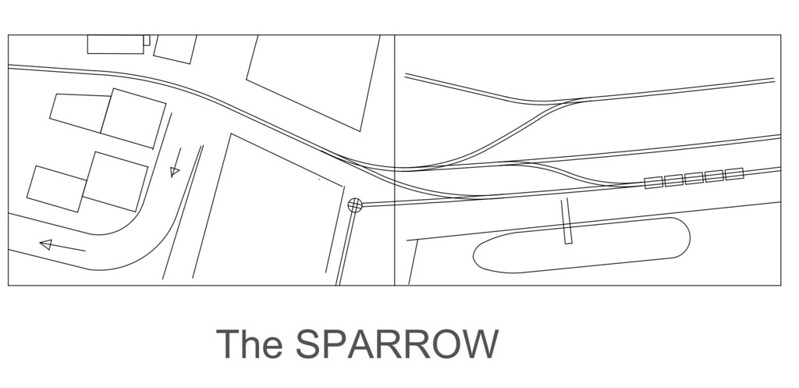Giles
Western Thunderer
Having prepared various locos and stock, and most of a ship in preparation, I should really come clean with the layout that is about to commence, proper..... 'THE SPARROW' (10' x 3' plus fiddle)
The actual 'Sparrow' being the ship - a 120ft steam coaster more or less in its last days, picking up a cargo in a small harbour.


The harbour is of course served by a 2ft gauge railway, and nowadays also by road transport from other local quarries.

The actual 'Sparrow' being the ship - a 120ft steam coaster more or less in its last days, picking up a cargo in a small harbour.


The harbour is of course served by a 2ft gauge railway, and nowadays also by road transport from other local quarries.












